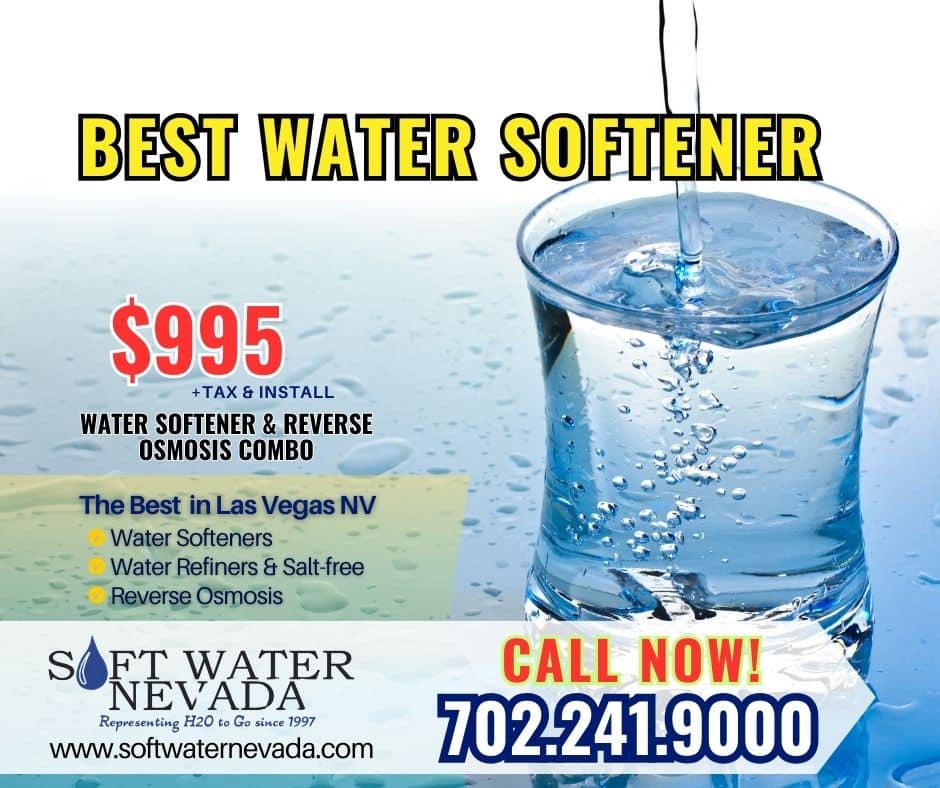What is water made of?
Water is vital for numerous biological processes, including digestion, temperature regulation, and transportation of nutrients and waste within organisms. It covers about 71% of the Earth’s surface, mainly in oceans, but also in rivers, lakes, glaciers, and as moisture in the air. Its unique properties, like the ability to dissolve many substances, make it a crucial component in ecosystems and human activities, such as agriculture, industry, and sanitation.

Here are the important properties of water:
1. Polarity
Water molecules are polar, meaning one end (oxygen) has a slight negative charge, and the other end (hydrogen) has a slight positive charge. This allows water to form hydrogen bonds, making it an excellent solvent.
2. Cohesion and Adhesion
– Cohesion: Water molecules tend to stick to each other due to hydrogen bonding. This property leads to surface tension, allowing insects like water striders to walk on water.
– Adhesion: Water also sticks to other surfaces, which helps it travel through plant roots and blood vessels.
3. High Specific Heat Capacity
Water can absorb or release large amounts of heat with little change in its temperature. This helps regulate temperatures in the environment and living organisms, stabilizing ecosystems and body temperature.
4. High Heat of Vaporization
A large amount of energy is required to convert water from a liquid to a gas. This property allows for efficient cooling, such as through sweating or evaporation from bodies of water.
5. Density Anomaly (Expansion upon Freezing)
Unlike most substances, water becomes less dense as it freezes. Ice floats on liquid water, creating an insulating layer that protects aquatic life in cold environments.
6. Solvent Properties
Water is known as the “universal solvent” because it can dissolve more substances than any other liquid. This makes it essential for transporting nutrients, minerals, and waste in biological systems.
7. Capillary Action
Water can move through small spaces, like the pores of soil or narrow plant vessels, due to the combined forces of cohesion and adhesion. This allows plants to draw water from the ground to their leaves.
8. Neutral pH
Pure water has a pH of 7, making it neutral. This property makes water a balanced environment for many chemical reactions essential to life.
9. Transparency
Water is clear, allowing sunlight to penetrate aquatic environments, enabling photosynthesis in aquatic plants and algae, which is vital for oxygen production and the food chain.
10. High Surface Tension
Water molecules at the surface are more tightly bound to each other, creating a “skin” that resists external force. This high surface tension enables water droplets to form and small objects to float on water without sinking.
